Machine Learning ToolsMachine learning is one of the most revolutionary technologies that is making lives simpler. It is a subfield of Artificial Intelligence, which analyses the data, build the model, and make predictions. Due to its popularity and great applications, every tech enthusiast wants to learn and build new machine learning Apps. However, to build ML models, it is important to master machine learning tools. Mastering machine learning tools will enable you to play with the data, train your models, discover new methods, and create algorithms. There are different tools, software, and platform available for machine learning, and also new software and tools are evolving day by day. Although there are many options and availability of Machine learning tools, choosing the best tool per your model is a challenging task. If you choose the right tool for your model, you can make it faster and more efficient. In this topic, we will discuss some popular and commonly used Machine learning tools and their features. 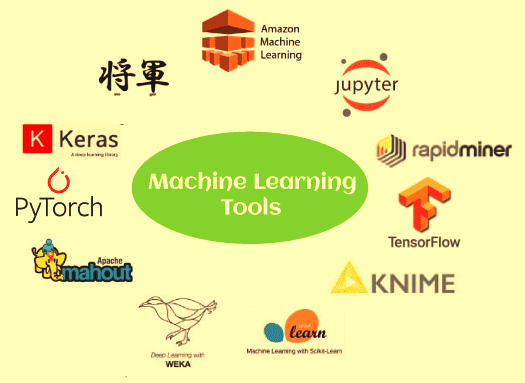
1. TensorFlow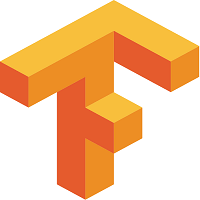
TensorFlow is one of the most popular open-source libraries used to train and build both machine learning and deep learning models. It provides a JS library and was developed by Google Brain Team. It is much popular among machine learning enthusiasts, and they use it for building different ML applications. It offers a powerful library, tools, and resources for numerical computation, specifically for large scale machine learning and deep learning projects. It enables data scientists/ML developers to build and deploy machine learning applications efficiently. For training and building the ML models, TensorFlow provides a high-level Keras API, which lets users easily start with TensorFlow and machine learning. Features:Below are some top features:
2. PyTorch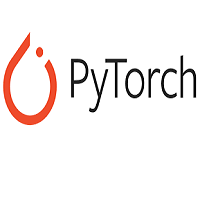
PyTorch is an open-source machine learning framework, which is based on the Torch library. This framework is free and open-source and developed by FAIR(Facebook's AI Research lab). It is one of the popular ML frameworks, which can be used for various applications, including computer vision and natural language processing. PyTorch has Python and C++ interfaces; however, the Python interface is more interactive. Different deep learning software is made up on top of PyTorch, such as PyTorch Lightning, Hugging Face's Transformers, Tesla autopilot, etc. It specifies a Tensor class containing an n-dimensional array that can perform tensor computations along with GPU support. Features:Below are some top features:
3. Google Cloud ML Engine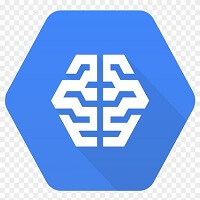
While training a classifier with a huge amount of data, a computer system might not perform well. However, various machine learning or deep learning projects requires millions or billions of training datasets. Or the algorithm that is being used is taking a long time for execution. In such a case, one should go for the Google Cloud ML Engine. It is a hosted platform where ML developers and data scientists build and run optimum quality machine, learning models. It provides a managed service that allows developers to easily create ML models with any type of data and of any size. Features:Below are the top features:
4. Amazon Machine Learning (AML)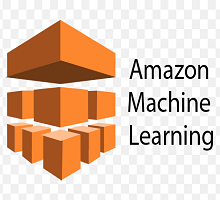
Amazon provides a great number of machine learning tools, and one of them is Amazon Machine Learning or AML. Amazon Machine Learning (AML) is a cloud-based and robust machine learning software application, which is widely used for building machine learning models and making predictions. Moreover, it integrates data from multiple sources, including Redshift, Amazon S3, or RDS. FeaturesBelow are some top features:
5. NET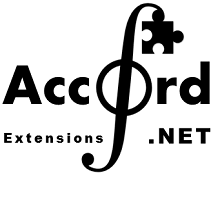
Accord.Net is .Net based Machine Learning framework, which is used for scientific computing. It is combined with audio and image processing libraries that are written in C#. This framework provides different libraries for various applications in ML, such as Pattern Recognition, linear algebra, Statistical Data processing. One popular package of the Accord.Net framework is Accord. Statistics, Accord.Math, and Accord.MachineLearning. FeaturesBelow are some top features:
6. Apache MahoutApache Mahout is an open-source project of Apache Software Foundation, which is used for developing machine learning applications mainly focused on Linear Algebra. It is a distributed linear algebra framework and mathematically expressive Scala DSL, which enable the developers to promptly implement their own algorithms. It also provides Java/Scala libraries to perform Mathematical operations mainly based on linear algebra and statistics. Features:Below are some top features:
7. Shogun
Shogun is a free and open-source machine learning software library, which was created by Gunnar Raetsch and Soeren Sonnenburg in the year 1999. This software library is written in C++ and supports interfaces for different languages such as Python, R, Scala, C#, Ruby, etc., using SWIG(Simplified Wrapper and Interface Generator). The main aim of Shogun is on different kernel-based algorithms such as Support Vector Machine (SVM), K-Means Clustering, etc., for regression and classification problems. It also provides the complete implementation of Hidden Markov Models. Features:Below are some top features:
8. Oryx2
It is a realization of the lambda architecture and built on Apache Kafka and Apache Spark. It is widely used for real-time large-scale machine learning projects. It is a framework for building apps, including end-to-end applications for filtering, packaged, regression, classification, and clustering. It is written in Java languages, including Apache Spark, Hadoop, Tomcat, Kafka, etc. The latest version of Oryx2 is Oryx 2.8.0. Features:Below are some top features:
9. Apache Spark MLlib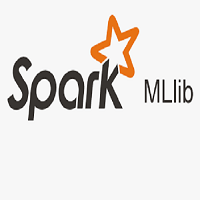
Apache Spark MLlib is a scalable machine learning library that runs on Apache Mesos, Hadoop, Kubernetes, standalone, or in the cloud. Moreover, it can access data from different data sources. It is an open-source cluster-computing framework that offers an interface for complete clusters along with data parallelism and fault tolerance. For optimized numerical processing of data, MLlib provides linear algebra packages such as Breeze and netlib-Java. It uses a query optimizer and physical execution engine for achieving high performance with both batch and streaming data. FeaturesBelow are some top features:
10. Google ML kit for Mobile
For Mobile app developers, Google brings ML Kit, which is packaged with the expertise of machine learning and technology to create more robust, optimized, and personalized apps. This tools kit can be used for face detection, text recognition, landmark detection, image labelling, and barcode scanning applications. One can also use it for working offline. Features:Below are some top features:
ConclusionIn this topic, we have discussed some popular machine learning tools. However, there are many more other ML tools, but choosing the tool completely depends on the requirement for one's project, skills, and price to the tool. Most of these tools are freely available, except for some tools such as Rapid Miner. Each tool works in a different language and provides some specifications.
Next Topic#
|
 For Videos Join Our Youtube Channel: Join Now
For Videos Join Our Youtube Channel: Join Now
Feedback
- Send your Feedback to [email protected]
Help Others, Please Share









